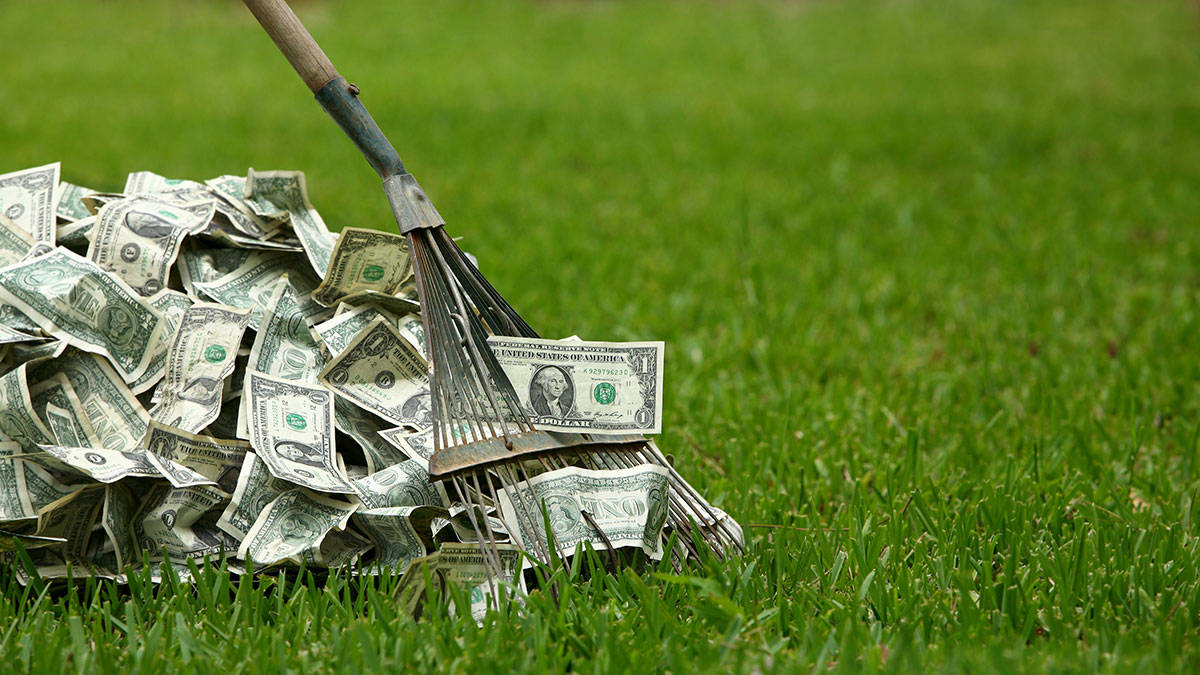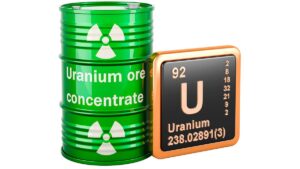Rio Tinto just posted its biggest profit in 150 years

Pic: Getty
Rio Tinto (ASX:RIO) will launch $10.6 billion into the arms of grateful shareholders after generating US$21.1 billion ($29.1b) in profit after tax in 2021, the most since Scottish entrepreneur Hugh Matheson founded the company in 1873.
Added to a monster payout in the half year, Rio’s full year dividend takes its total distribution to US$16.8b or $23.2b on an Aussie dollar basis.
The haul was largely expected and came on the back of soaring commodity prices, in particular for iron ore.
They shielded Rio from a string of organisational issues, including the fallout from the Juukan Gorge debacle, prolonged negotiations with the Mongolian Government to get its underground copper mine at Oyu Tolgoi back on track, rising costs and guidance downgrades at its flagship Pilbara iron ore division and backlash that looks to have killed its new lithium mine in Serbia.
Not to worry, the world’s largest shipper of iron ore in 2021 still raked in US$63.5b in sales (up 42% on 2020), US$17.7b in free cash flow (up 88%) and US$37.7b in underlying EBITDA (up 58%).
To be fair, new CEO Jakob Stausholm looks to be working on those organisational issues since he took over from the old mob who were tossed out following the blowback over the destruction of the rock caves at Juukan Gorge in 2020.
Oyu Tolgoi was a big win, and the response to its public release of a sobering internal report that revealed the alarming levels of sexual assault, harassment, bullying and racism at Rio’s mine sites and offices has been constructive despite the gruesome secrets it revealed about Rio’s workplace culture.
Stausholm said Rio would implement every recommendation of the report completed by former Australian Sex Discrimination Commissioner Elizabeth Broderick.
Stausholm guarded on Rio’s future
Talking to media after the release of Rio’s bumper results, which have taken combined dividends from the big three iron ore miners with BHP (ASX:BHP) and Fortescue (ASX:FMG) to over $20 billion, Stausholm took a guarded approach to the future.
Having delivered the best result in the company’s long history he was largely unprepared to predict what would happen to the macro tailwinds that delivered them there.
Iron ore is still fetching around US$135/t after hitting a 12-month low of US$87/t late last year, sensational margins for Rio despite creeping costs at its 320Mtpa Pilbara mines.
News has erupted in recent days that China wants form a centralised platform for iron ore price reporting or negotiations that could tip power in the market in balance of Australia’s largest trading partner.
Stausholm said he was not aware of the detail of the proposal, which was revealed in a Bloomberg story on Tuesday.
“I’d like to say that we have very good relationships with our customers, I have read the article that you’re referring to,” he said.
“It’s very difficult for me to comment on rumours, there’s nothing officially on this topic.
“What I will say to you is that we have always worked with our customers and other stakeholders towards open and transparent markets and price setting in iron ore and will continue to do so but it’s very difficult to comment more upon our view.”
Stausholm also took a cautious view on inflation, taking a very different position to BHP boss Mike Henry, who last week pointed to “demand led inflation” as a long term tailwind for the commodities the miner produced.
The Rio boss said he was yet to see evidence of a long term trend of higher inflation, particularly with respect to labour markets.
“There’s no doubt … and we have benefited from that, we have seen strong demand for some of our commodities, and therefore we have seen an elevated level of prices, and that has induced some inflation,” he said.
“But if you have an elevated price, and prices are then falling afterwards, then you actually are not going to get inflation.”
However, Stausholm does see potential upside for Rio’s aluminium business in the wake of sanctions against Russia over its increasingly aggressive military presence in Ukraine.
“If we are going to see sanctions – and you know we saw sanctions in 2018 – I’d like to say on that front, we managed well last time,” he said.
“And the advantage for Rio Tinto of having such a big aluminium industry is that we have an integrated supply chain, from bauxite to alumina, to final aluminium products, and that puts us in a very good position to meet our customer needs during times of disruptions.”
More challenging commodity outlook for Rio in 2022: RBC
While Rio benefitted from times of record or near record prices last year for iron ore, copper and aluminium, it could see more challenges on that front in 2022.
RBC Capital Markets analyst Tyler Broda said this could impact its earnings outlook.
“We continue to see a more challenging year for Rio Tinto’s commodity basket, and hence earnings outlook, driven by our expectations that iron ore returns to a surplus from Q2 – and the recent volatility from China’s ongoing interventions is unlikely to help,” he said in a note.
However he said Rio remains in “solid financial shape” despite higher costs and thinks it will perform better at an operational level in the year ahead.
“Oyu Tolgoi’s commencement of mining helps to provide a focal point for growth in the company as Simandou and Rincon emerge,” Broda said.
“CEO Jacob Stausholm is taking a firm stand on the company culture, something which could be a painful adjustment but necessary following recent news but also following underlying performance.”
That balance sheet strength could see Rio pursue more inorganic M&A this year as well.
It already made a move into that arena with the US$825 million deal to buy the Rincon lithium project as the Serbian Government looked to have killed off its US$2.4 billion Jadar mine.
Meanwhile, it reported a 40% increase in copper metal resources at its next major Australian development, the Winu copper-gold mine in WA’s Paterson Province.
Rio is progressing talks with traditional owners that will enable it to set a timeframe for the major new mine.
Rio Tinto share price today:
Related Topics
UNLOCK INSIGHTS
Discover the untold stories of emerging ASX stocks.
Daily news and expert analysis, it's free to subscribe.
By proceeding, you confirm you understand that we handle personal information in accordance with our Privacy Policy.








